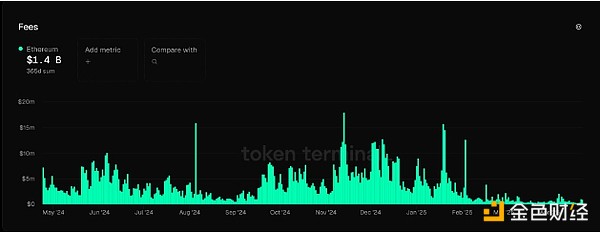Author: Vince Quill, CoinTelegraph; Compiler: Wuzhu, Golden Finance
Anurag Arjun, co-founder of unified chain abstraction solution Avail, said that Ethereum focuses on scaling through multiple Layer 2 networks, each with its own transaction processing speed and parameters, which may bring an unlimited number of unique high-throughput chains to the network.
In an interview, Arjun admitted that Ethereum and high-throughput competitors with monolithic architectures are fundamentally different products. However, Ethereum’s choice to scale via a plethora of L2 solutions gives it an overlooked quality:
“The underappreciated beauty of this rollup-centric roadmap architecture is that it allows multiple teams to experiment with different execution environments and different block times.”
This enables a variety of high-throughput sidechains to emerge, rather than just a single architecture on any monolithic layer 1, the executive added.However, Arjun warned that without true interoperability, switching between L2s will remain as complex as bridging assets between different blockchain ecosystems.

Overview of Ethereum’s Layer 2 ecosystem. Source: L2Beat
The Avail co-founder’s view is contrary to that of many critics of Ethereum’s L2-centric approach, who believe that the network’s scaling solutions will isolate liquidity and ultimately corrode the base layer. Ethereum’s critics believe that L2 is one of the main reasons for Ethereum’s poor price performance last year.
Ethereum Fees Drop to Five-Year Low
In April 2025, fees on the Ethereum Layer 1 network fell to a five-year low, with an average transaction fee of about $0.16.
Brian Quinlivan, marketing director at Santiment on-chain analytics firm, said that the lower fees indicate a decline in demand for the base layer and a weakening of investor interest in Ethereum.

In the first quarter of 2025, the daily transaction fees of the Ethereum network dropped significantly. Source: Token Terminal
“The dramatic reduction in fees coincides with a decrease in the number of people sending ETH and interacting with smart contracts,” Quinlivan wrote in an April 16 blog post.
These smart contract interactions include transactions across decentralized finance, digital collectibles like non-fungible tokens (NFTs), and other digital asset sectors, the Santiment executive added.
The decline in Ethereum’s base layer transaction fees and the decline in retail interest have also led many institutional investors to slash their Ethereum allocations and issue revised price expectations for the second-largest digital asset by market cap.
 Joy
Joy






